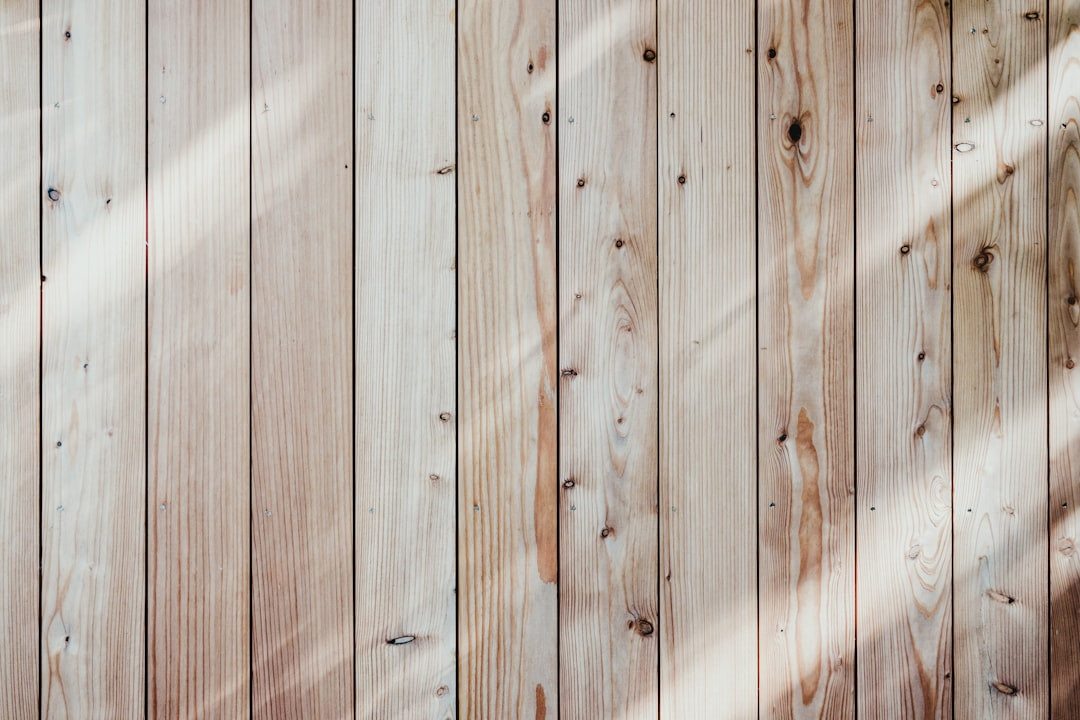What Do Wood Ducks Eat? (Complete Guide) Reveals Surprising Diet Secrets that will leave you amazed! Dive into the mysterious world of wood ducks and discover the unexpected ingredients that form their unique diet. Whether you’re a bird enthusiast, a curious nature lover, or simply fascinated by wildlife, this guide promises to unveil dietary secrets that will forever change how you view these beautiful birds. Buckle up for an eye-opening read that merges intrigue with expert insights, creating an irresistible allure you won’t want to miss!
What do Wood ducks eat in the wild?

Wood ducks are among the most colorful and enchanting birds, making them a favorite for bird watchers. However, their diet is equally fascinating and has some surprising twists. So, what do wood ducks eat in the wild?
In their natural habitats, wood ducks have quite a varied menu. They are omnivores, meaning they munch on both plants and small creatures. During spring and summer, their diet is full of proteins like insects, small fish, and aquatic invertebrates. It’s amazing to think these little birds can be so efficient in catching their prey!
But that’s not all. As seasons change, so does their diet. In fall and winter, wood ducks turn their attention to more plant-based foods. You will often find them scavenging for acorns, seeds, berries, and even aquatic plants. The shift to high-energy food helps them survive colder months when insects are scarce.
Their adaptable eating habits make wood ducks resilient and versatile creatures. It’s a real delight to see them thrive throughout the year with such a balanced diet. So the next time you’re out in nature and spot one, remember, these birds are probably on an exciting foodie adventure of their own!
Plant foods
Wood ducks have one of the most fascinating diets in the avian world, and it’s more diverse than you might think. At first glance, you might assume that these vibrant birds stick to water insects and small fish. Surprisingly, plant foods make up a significant portion of their diet, revealing an unexpected side of their eating habits. Wood ducks are particularly fond of consuming seeds, fruits, and various aquatic plants.
Throughout the warmer months, they gorge on a variety of seeds from trees and shrubs, such as oak and wild rice. These plant foods are not just fillers; they provide essential nutrients that help wood ducks thrive. Additionally, the ducks aren’t shy about exploring new plants. They’ve been known to nibble on water lilies and other aquatic vegetation that grows in their habitat.
As seasons change, so does their diet. In the fall and winter, acorns become a mainstay, offering sustenance during the colder months. By diversifying their diet to include both animal and plant foods, wood ducks ensure that they’re getting a balanced array of nutrients, which is crucial for their survival and overall health. This adaptability in their feeding habits makes them especially resilient and fascinating creatures to observe.
Animal foods
Did you know that wood ducks have quite the eclectic palate? These stunning birds don’t just stick to one type of food. In fact, their diet might surprise you with its variety. Most people assume they only munch on plants, but wood ducks are fans of both plant-based and animal foods.
When it comes to animal foods, these ducks are big on insects, small crustaceans, and even tiny fish. They often forage in shallow waters, dipping their heads in to snag a quick bite of aquatic insects or small, wriggling fish. This protein boost is especially crucial for growing ducklings and during breeding seasons when extra energy is needed.
But the surprises don’t stop there! Wood ducks supplement their diet with seeds, fruits, and even acorns. These foraging habits ensure they get a well-rounded intake of nutrients. Floating on the water’s surface or diving down to the muddy bottom, they’re always on the lookout for the next tasty morsel.
Overall, wood ducks serve as a fantastic reminder of nature’s adaptability and resilience. Balancing between animal foods and plant materials, these birds have crafted an ingenious way to thrive in diverse environments. So next time you spot one, you’ll know just how versatile their diet really is.
What do Wood ducks eat in captivity?
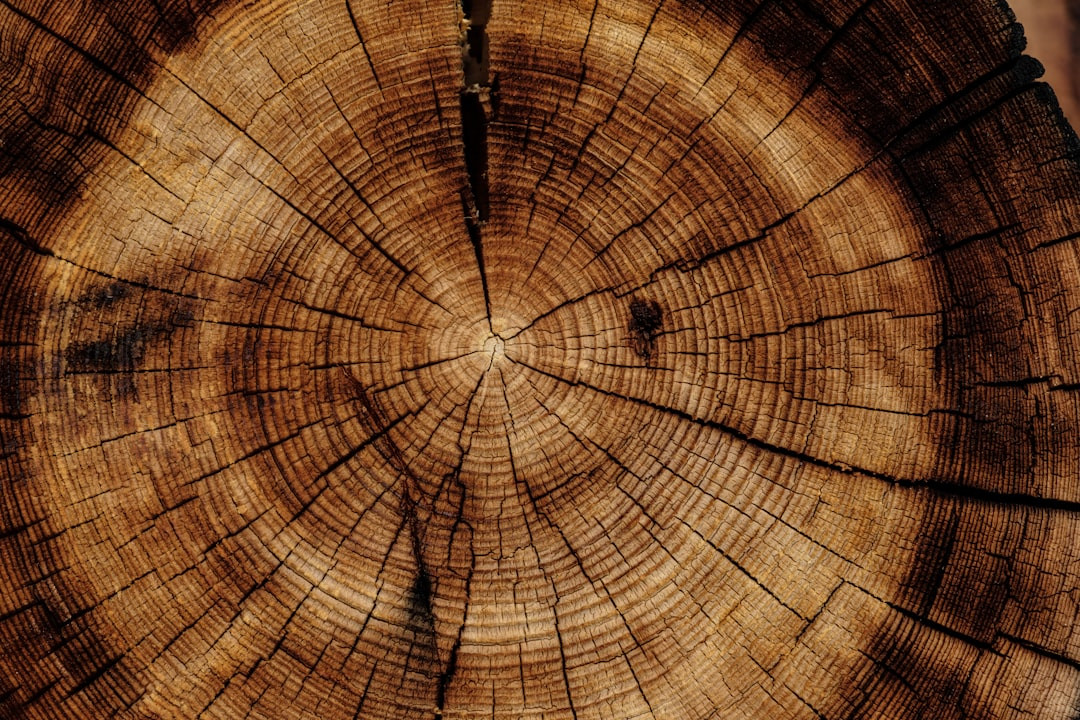
When you think of ducks, you might picture them munching on bread at the local pond, but Wood Ducks boast a much more diverse menu. Naturally found in wooded swamps and marshes, these colorful birds are omnivores, enjoying both plant and animal matter. But what do Wood Ducks eat in captivity? Their diet changes slightly to ensure they get all the essential nutrients.
In the wild, Wood Ducks feast on a variety of seeds, acorns, insects, and even small fish and amphibians. This protein-rich diet helps them thrive in their habitats. However, when kept in captivity, their caretakers need to replicate this diverse diet as closely as possible for optimal health.
Captive Wood Ducks enjoy a specially formulated diet that includes high-quality waterfowl pellets. These pellets are often supplemented with greens like lettuce and spinach, grains such as corn and wheat, and occasional live insects to mimic their natural hunting and foraging behaviors. Offering live mealworms or crickets can keep them entertained while providing essential nutrients.
Maintaining a varied diet is crucial to keeping these vivid birds healthy and vibrant. The surprising part is just how adaptable their diet is, whether they’re soaring free in the wild or being cared for in captivity.
How often do Wood ducks eat?

When it comes to the diet of wood ducks, there’s more variety than you might think! These waterfowl, known for their vivid plumage and fascinating behavior, munch on a surprising array of foods. You might ask, "How often do wood ducks eat?" Well, wood ducks are typically busy foragers, dining several times a day. Their diet includes a mix of aquatic plants, seeds, fruits, insects, and even small fish.
In the spring and summer, they primarily focus on insects and other protein-rich foods to support breeding and raising young ducklings. Come fall and winter, their menu shifts more towards acorns, nuts, and grains to fuel up for migrations. Their diet is highly adaptable, which helps wood ducks thrive in various habitats, from wetlands to forested rivers.
It’s fascinating to note how these birds adjust their eating habits based on the season and available resources, ensuring they get the nutrition needed for survival. So, next time you spot a wood duck, remember, it’s more than just a pretty face. It’s a dynamic diner, exploring and enjoying its environment through its diet several times a day. This varied diet truly underscores the adaptability and resilience of these stunning birds.
How do Wood ducks find food?
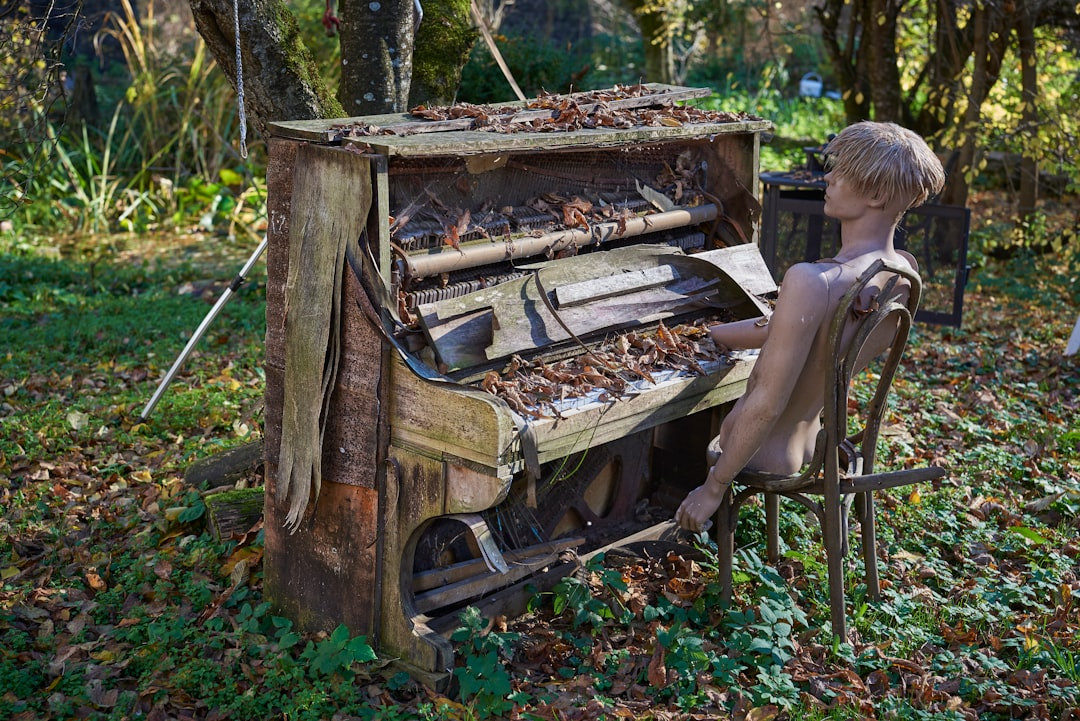
Imagine taking a peaceful stroll by a serene pond and catching sight of a dazzling wood duck. Ever wondered what these beautiful birds munch on? You might be surprised! The diet of wood ducks is pretty diverse, ranging from seeds and fruits to insects and small fish. But how do wood ducks find food in their ever-changing habitat?
Wood ducks are equipped with an innate ability to scout for their meals in various environments. These birds often dabble in ponds and streams, skimming the water’s surface to snatch up tasty morsels like aquatic plants, small invertebrates, and insect larvae. They are particularly adept at foraging among dense vegetation, using their keen eyesight to locate hidden treats.
When they’re not dabbling, you might spot wood ducks perching in trees or gliding down to forest floors in search of acorns, berries, and nuts. Their flexible diet allows them to adapt easily across different seasons, making them resilient and resourceful feeders. So, the next time you spot a wood duck, remember their clever methods for finding food. Their dietary habits are as remarkable as their vivid plumage, and they thrive by being both opportunistic and adaptable.
What time of day do Wood ducks feed?
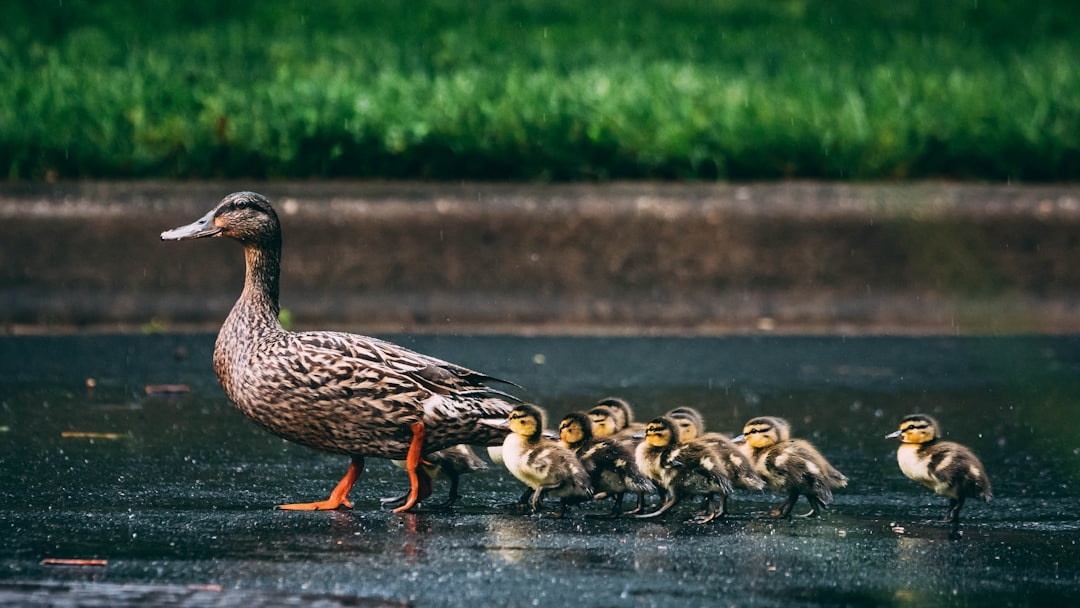
Wood ducks are truly fascinating creatures with quite the diverse menu! You might be surprised to learn just how varied their diet can be. These colorful birds primarily feed on aquatic plants, seeds, and insects. One of the most interesting aspects of their eating habits is the timing. So, what time of day do wood ducks feed? It turns out they are most active during the early morning and late evening.
During these hours, wood ducks can be seen dabbling in shallow waters or foraging along the shorelines. In the early morning light or the twilight of dusk, they swoop down to snack on acorns, berries, and even small fish. Their dining preferences change with the seasons, too. In the spring and summer, they lean towards a protein-rich diet, gobbling up insects and larvae. Come fall and winter, they switch gears and focus more on seeds and plant material to sustain them through the colder months.
Knowing when wood ducks feed can give bird watchers an extra edge in spotting these beautiful birds in action. Next time the sun is just rising or setting, keep an eye on your local ponds and rivers—you might catch these ducks enjoying their eclectic meals.
What do Wood ducks eat in the winter?
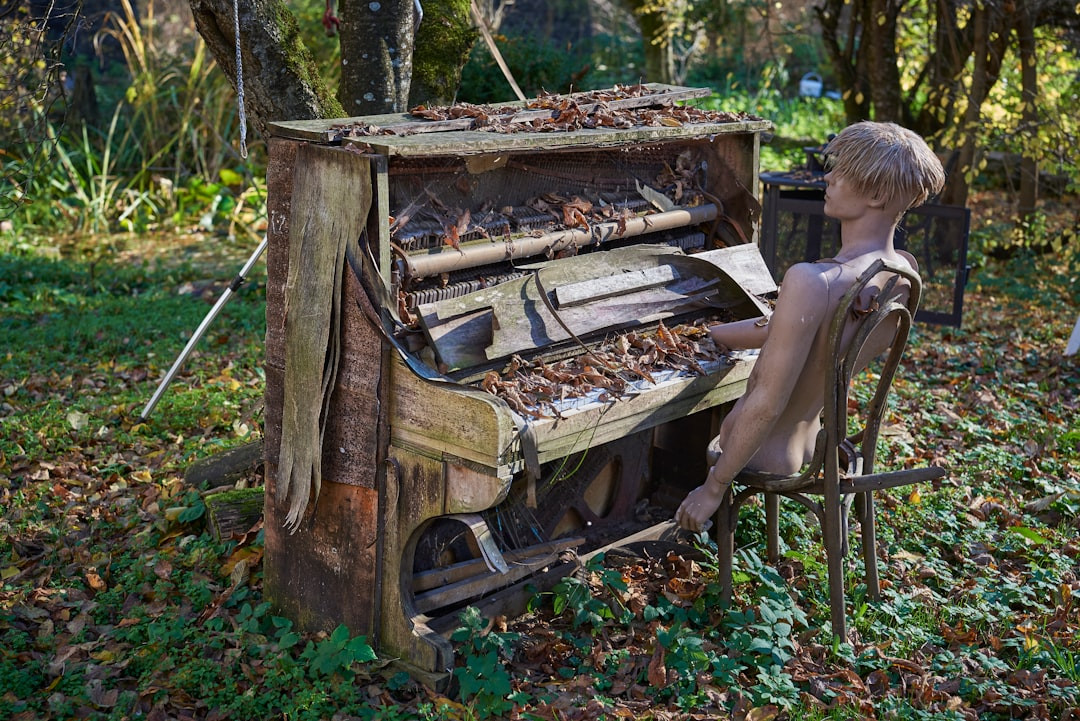
When you think of wood ducks, their beautiful plumage probably comes to mind first. But have you ever wondered about their diet, especially in the colder months? "What do wood ducks eat in the winter?" is a question that unveils some fascinating details about these adaptable birds. While their summer menu is quite diverse, including berries, seeds, and insects, winter pushes them to be more resilient.
During the colder months, wood ducks shift their diet towards available food sources like acorns, which are abundant in many of their habitats. They also feast on fallen nuts, seeds, and even aquatic plants when the water bodies are not completely frozen. It’s quite interesting how they forage; they dabble along the water’s surface and even dive if necessary to get to their food.
Another surprising element of their winter diet includes small invertebrates, which they manage to find despite the cold. These clever birds are resourceful, adjusting their eating habits to survive the changing seasons. So, the next time someone asks, "What do wood ducks eat in the winter?" you’ll know they balance between nuts, seeds, and the occasional insect, showcasing their survival skills.
What do Wood ducks eat in the summer?

Wood ducks are truly fascinating creatures, especially when it comes to their diverse diet. If you’ve ever wondered, "What do wood ducks eat in the summer?" you’ll find their menu quite surprising. During the summer months, these beautiful birds don’t just settle for mundane meals. Instead, their diet shifts significantly to accommodate the season’s offerings.
Wood ducks primarily feed on a mix of seeds, fruits, and insects during the warmer months. Acorns and other nuts are top favorites, but they also enjoy munching on aquatic plants and the occasional small fish. The abundance of insects in summer provides them with a protein-rich diet, crucial for breeding and raising their young. You’ll often find them deftly picking bugs off the surface of the water or plucking them from plants.
Berries and other fruits ripen to perfection in summer, making them another delightful treat for wood ducks. They love the sweet burst of flavor, and it helps them store up the energy they need. Surprisingly, they may also dabble in small amphibians, adding yet another layer to their diverse dietary habits.
In essence, if you’re intrigued by what wood ducks eat in the summer, you’ll discover their diet is as varied and colorful as these stunning birds themselves.
What do baby Wood ducks eat?
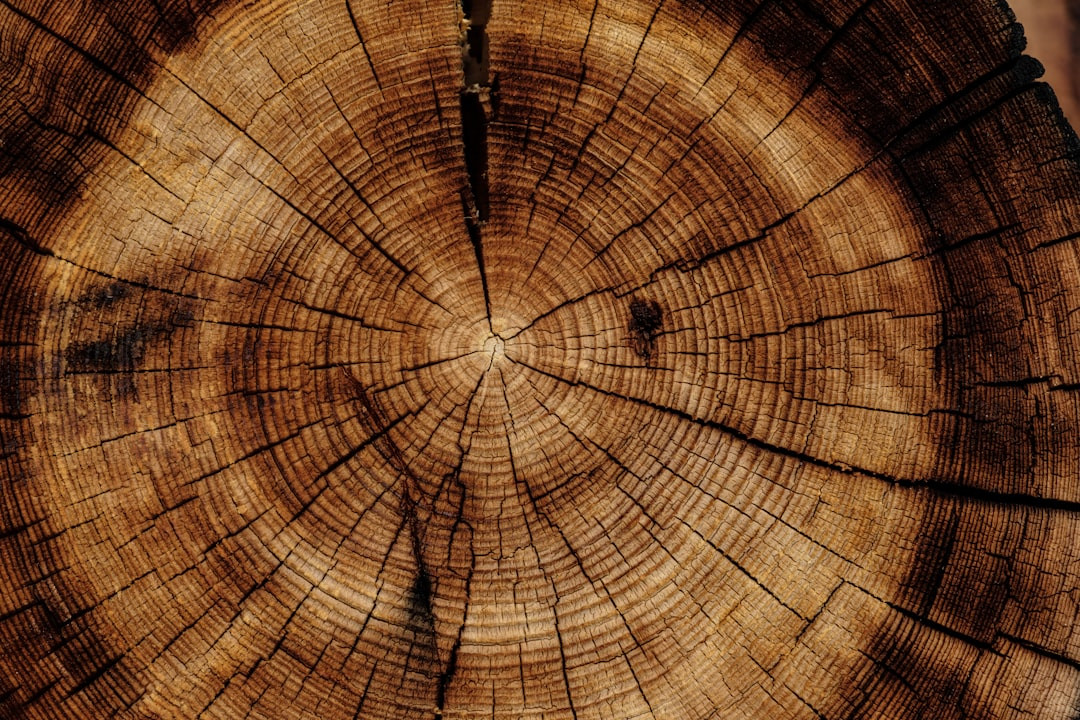
Wood ducks are fascinating creatures with diets as colorful and varied as their plumage. You’ll be intrigued to find out "what do baby wood ducks eat?" From the moment they hatch, these little ducklings have quite an appetite. Unlike their adult counterparts that might feast on a mix of insects, acorns, and aquatic plants, baby wood ducks start their culinary journey with much simpler food choices.
In their first few days, baby wood ducks rely on protein-packed insects like beetles, ants, and tiny crustaceans to fuel their rapid growth. Contrary to what some might believe, they aren’t just munching on simple grains or breadcrumbs! Their diet is surprisingly rich and diverse for such tiny creatures. Over time, their menu gradually expands to include a variety of plant matter, such as duckweed and algae, complementing their insect-based meals.
To give them the best start in life, mother wood ducks lead their young to food-rich water bodies where a buffet of options is available. This mom-guided tour ensures they get all the nutrients they need to thrive. So next time you see a fluffy baby wood duck paddling around, know it’s likely dining on an impressive array of foods designed to build a strong, healthy bird.
What can I feed Wood ducks?
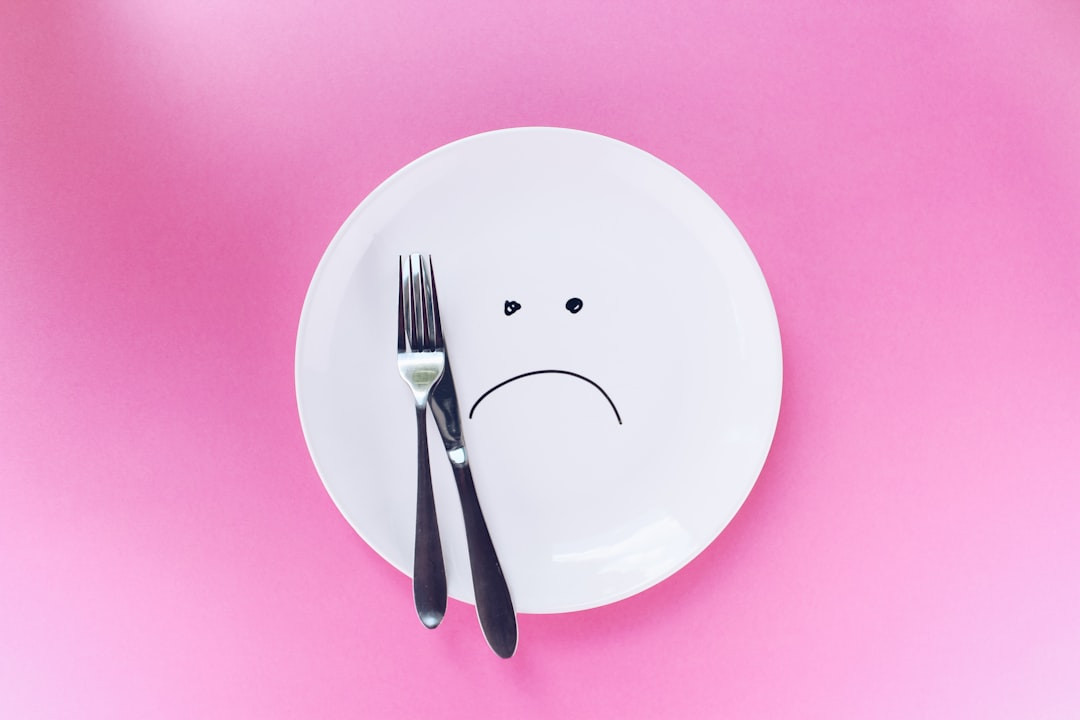
Ever wondered what can I feed Wood ducks? Dive into the surprising diet of these colorful birds! Wood ducks, with their brilliant plumage and quirky tree-dwelling habits, have a menu that might just surprise you. In the wild, they enjoy a diverse diet that keeps them healthy and vibrant. You’ll find them munching on a wide variety of acorns, berries, and seeds. Water plants like duckweed and wild rice also make up a big part of their meals. And let’s not forget the protein – insects, snails, and small aquatic creatures are all fair game.
If you’re hoping to attract Wood ducks to your backyard or local pond, you can offer grains like cracked corn, oats, and barley. These foods mimic their natural diet and provide great nutrition. Adding some fresh fruits such as grapes or apple slices can make your offerings even more appealing. However, remember that Wood ducks are wild animals and should still forage naturally as much as possible.
In a nutshell, Wood ducks’ diets are as varied as their stunning colors. Understanding what can I feed Wood ducks ensures you’re helping these beautiful birds thrive while enjoying their company close to home. Keep it natural, balanced, and watch them flourish!
What do Wood ducks drink?

Ever wondered what wood ducks eat? You’re in for some surprises! These beautifully colored birds have a pretty varied diet that changes throughout the seasons. In the spring and summer, wood ducks feast on a combination of aquatic plants, seeds, and insects. They’ll munch on duckweed, water lilies, and even small aquatic creatures like snails and beetles. But come fall and winter, when the water plants die down, they switch things up by eating more nuts, acorns, and grains found in forests and fields.
One might also ask, "What do wood ducks drink?" Like most birds, wood ducks primarily drink water. They usually get their water from the same places they find their food, such as ponds, rivers, and lakes. Interestingly, they don’t need to drink large amounts because they get a lot of hydration from the food itself, especially the juicy aquatic plants they love so much.
Whether they’re gobbling up insects or foraging for acorns, wood ducks are versatile and adaptable eaters. Next time you’re near a wetland, take a closer look—you might just spot a wood duck enjoying its varied and fascinating diet.
How do you attract Wood ducks?
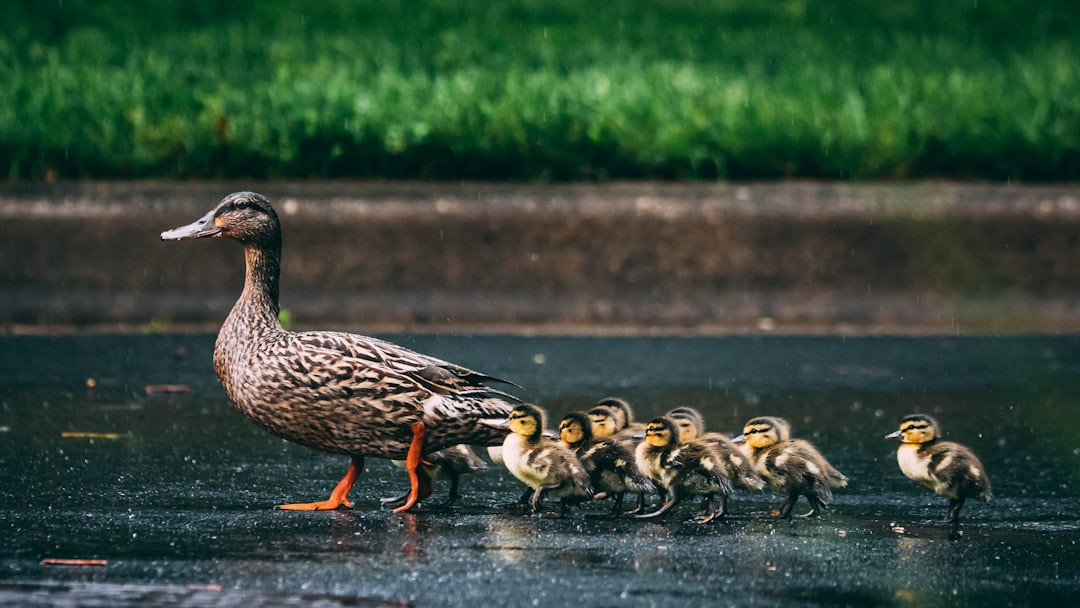
Wood ducks are truly captivating creatures, adorned with striking colors and fascinating habits. When it comes to their diet, you’d be surprised at the variety they enjoy. These birds are omnivorous, meaning they relish both plant-based foods and small animals. Their menu often includes seeds, fruits, and aquatic plants, but they won’t say no to the occasional small fish, insects, or even snails.
Understanding their diverse diet can be incredibly helpful if you’re wondering, "How do you attract Wood ducks?" To draw these beautiful birds to your area, focus on creating an inviting environment tailored to their tastes. Planting native aquatic vegetation and ensuring the presence of water sources like ponds can be great starting points. Additionally, offering food sources such as cracked corn and birdseed can make your backyard an attractive stopover for Wood ducks.
Supplementing their diet with grapes, berries, and acorns scattered around a water feature can further coax these shy visitors. Seems like a lot, but trust me, once you see a flock of Wood ducks grace your space, it’s all worth it. Plus, creating a habitat that suits their needs not only attracts them but also contributes to their overall well-being.
Are Wood ducks herbivores?
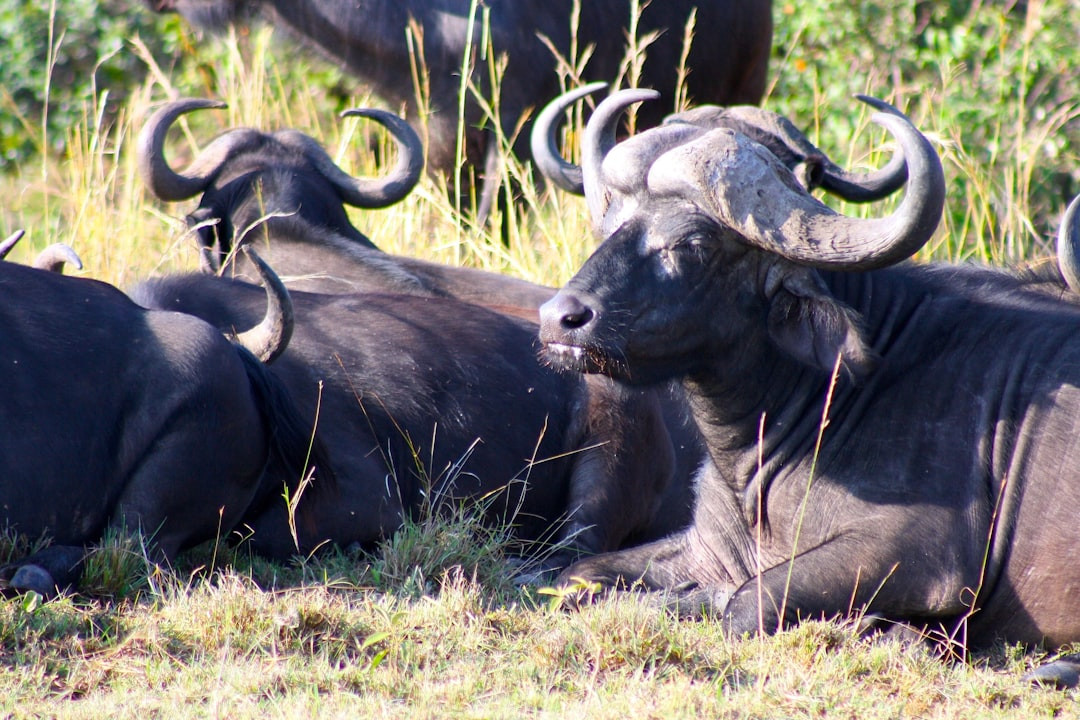
Wood ducks are fascinating creatures with some surprising dietary habits. You might wonder, are wood ducks herbivores? The answer is, not quite. These beautiful birds enjoy a varied diet that spans more than just plant life. While they do munch on a fair share of seeds, fruits, and aquatic plants, they’re also keen on gobbling up insects and small invertebrates.
In the warmer months, wood ducks take advantage of the abundance of bugs and larvae, diving into ponds and streams to snack on delicious, protein-rich treats. This mixed diet helps them stay healthy and ensures they have enough energy to migrate and breed successfully. As the seasons change and insects become scarce, they start to focus more on the plant side of their menu. Nuts, acorns, and seeds often become their go-to meals during these times.
What’s truly interesting is how adaptable wood ducks are when it comes to feeding. They’ll forage in the water, dabble along the shoreline, and even venture into wooded areas to find their meals. So, while they enjoy their greens, calling wood ducks pure herbivores would miss the whole picture of their diverse dietary needs.
Wood Duck Diet FAQs
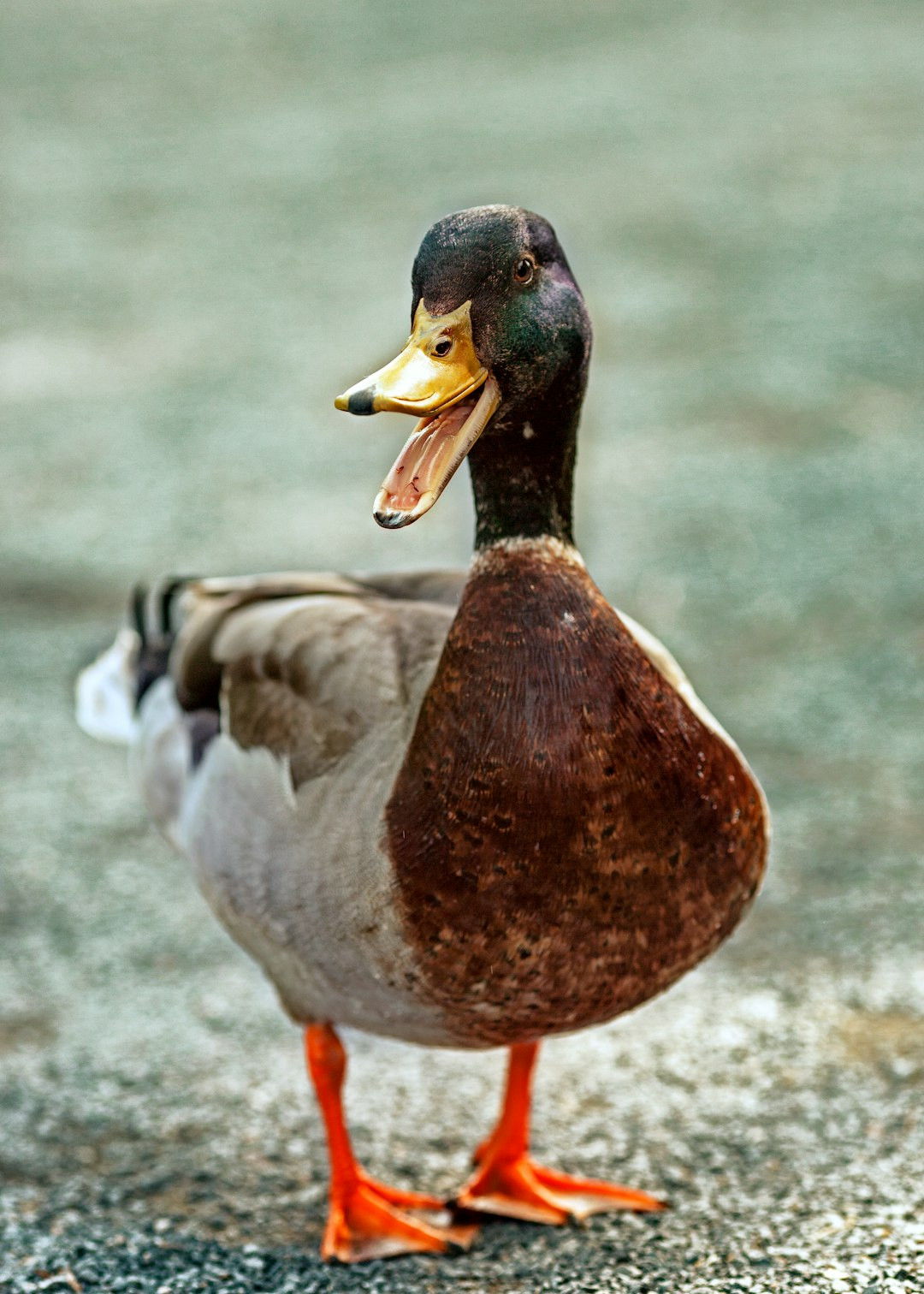
Wood ducks are fascinating creatures, not just because of their striking colors but also due to their varied and somewhat surprising diet. When pondering Wood Duck Diet FAQs, many people envision a bird that feeds primarily on aquatic plants. While these plants do make up a significant portion of their diet, these ducks aren’t picky eaters and have quite the eclectic palate.
In the wild, wood ducks enjoy dining on a mix of seeds, fruits, and insects. They forage for acorns, berries, and other nuts, while also munching on algae and other aquatic vegetation. A surprising bit is their knack for catching small insects and even snails, adding a bit of protein to their plant-based meals. During different seasons, their diet can shift to adapt to the available food sources, reflecting their resourceful nature.
Interestingly enough, when food is scarce during winter months, wood ducks may even venture into agricultural fields to feast on leftover grains. This versatility in their diet highlights their adaptability and resourcefulness, ensuring they thrive in various environments. So, next time you spot a wood duck, remember that their diet is as colorful and varied as their feathers! Got more questions? Check out more Wood Duck Diet FAQs for in-depth insights.
Do Wood ducks eat fish?
Wood ducks are fascinating creatures, and discovering what they eat can uncover surprising secrets about their diet. At first glance, you might think that these colorful birds are picky eaters, but they actually have quite a varied menu. Typically, wood ducks feast on a mix of acorns, seeds, fruits, and plants. They have a special fondness for swamp acorns and other nuts. But, what about fish? Do wood ducks eat fish?
The answer might surprise you. Wood ducks are not primarily fish-eaters, but they are opportunistic feeders. While their diet consists mostly of plant material, they do occasionally consume small animals and insects, including fish. This behavior is more common in their younger, developing stages when protein is crucial for growth. So, yes, wood ducks do eat fish, but it’s not a major part of their daily diet.
It’s fascinating how their eating habits change with the seasons and their life stages. In the spring and summer, they might munch on more insects and aquatic invertebrates, grabbing whatever protein they need. As fall and winter roll around, their diet swings back to plant matter to sustain them through colder months. This flexible palate truly showcases the adaptability and resourcefulness of wood ducks.
Do Wood ducks eat corn?
Wood Ducks are not just a pretty face; they’re quite the food connoisseurs as well. If you’ve ever wondered, “Do Wood Ducks eat corn?” then buckle up for a delightful surprise. These stunning birds have a varied and intriguing diet that reflects their versatile habitats.
Wood Ducks primarily feast on a mix of seeds, fruits, and insects. What sets them apart, though, is their adaptability. In the wild, they munch on aquatic plants, acorns, and berries, depending on the season. But that’s not all – they’re also quite fond of corn. Whether it’s snacking on kernels scattered around a farm or diving into a freshly harvested cornfield, Wood Ducks don’t shy away from this tasty treat.
Interestingly, their diet shifts as they grow. Ducklings lean more towards protein-rich insects and small aquatic animals, while adults indulge more in nuts and seeds. And yes, corn makes an occasional appearance on their menu, especially in agricultural areas where it’s readily available.
So next time you see these colorful birds gliding gracefully across a pond, remember they’re not just eating the first thing they find. Their diet is both diverse and seasonally dynamic, making every meal a bit of an adventure. And in case you were curious: yes, Wood Ducks do eat corn.
Do Wood ducks eat frogs?
Ever wondered what wood ducks munch on? It’s a question that might surprise you with its answer. You see wood ducks dabbling in the water and can’t help but wonder, "Do wood ducks eat frogs?" Well, the diet of these beautiful birds is more diverse than you might think!
Wood ducks are omnivores, meaning their eating habits include a little bit of everything. They mostly feast on a mix of seeds, fruits, insects, and aquatic plants. Nuts, grains, and berries also form a significant part of their diet. But wait, there’s more! Wood ducks aren’t shy about adding a little protein to their menu, and yes, that includes frogs!
While it might not be their primary snack, wood ducks do indeed eat frogs. They scoop up smaller amphibians when the opportunity presents itself. It’s all part of their opportunistic nature. Their varied diet helps them adapt to different environments and ensures they get all the nutrients they need.
So next time you spot a wood duck gliding gracefully across the water, remember there’s more to their diet than meets the eye. From plants to insects and even the occasional frog, wood ducks have a remarkably versatile palate!
Do Wood ducks eat crayfish?
Wood ducks have some pretty interesting culinary habits that might surprise you! These colorful birds enjoy a varied diet, which shifts with the seasons and the resources available in their habitats. A common question among bird enthusiasts is, "Do wood ducks eat crayfish?" The answer is a resounding yes!
During their feeding forays, wood ducks forage in marshes, swamps, and woodland ponds, nibbling on a buffet of food items. In spring and summer, they primarily consume aquatic and terrestrial invertebrates, including insects, small fish, and yes, crayfish. The protein from these critters is crucial, especially during the breeding season when extra energy is required.
As the seasons change, so does their menu. In autumn and winter, wood ducks switch primarily to a plant-based diet, munching on acorns, nuts, and seeds to build fat reserves for the colder months. But given the chance, they wouldn’t pass up a tasty crayfish snack even when plant matter is more abundant.
So, whether you’re peering into a serene pond or a bustling swamp, remember that the charming wood duck has quite the eclectic palate. Their dietary flexibility not only highlights their adaptability but also underscores the rich biodiversity of their habitats.
Do Wood ducks eat acorns?
You might be wondering, “Do wood ducks eat acorns?” The answer might surprise you! Wood ducks, those strikingly beautiful birds with iridescent feathers, have quite the varied diet that helps them thrive in their native habitats.
In the wild, wood ducks are foragers who enjoy a buffet of foods. While they certainly do munch on acorns, their diet is much broader. These ducks have a penchant for seeds, fruits, and insects. They’ll often be seen dabbling in water to grab aquatic plants and invertebrates. Seeds from plants like smartweed, buttonbush, and a variety of grasses provide them with essential nutrients.
Acorns, though, are a special treat particularly in the fall and winter seasons when other food sources might be scarce. These nuts are packed with energy-rich fats and proteins that help wood ducks maintain their energy levels through colder months. They’ll often forage for acorns underneath oak trees in hardwood forests or along riverbanks where acorns have fallen.
So, to answer the question, yes, wood ducks do eat acorns! But their diet is a diverse mix that ensures they get all the nutrients they need. These adaptable foragers have an impressive palate that allows them to thrive in various environments.
Do Wood ducks eat minnows?
Wood ducks are truly fascinating creatures with quite the eclectic diet! You might be surprised to learn what these colorful birds actually nibble on. Of course, the query "Do wood ducks eat minnows?" pops up quite often, and guess what? Yes, they do. But that’s only a nibble at the feast these ducks enjoy.
Typically residing in wooded swamps, rivers, and ponds, wood ducks have adapted to a varied menu. They predominantly munch on acorns, seeds, fruits, and even insects. Aquatic plants are also high on their list of delicacies. And while minnows aren’t a mainstay, wood ducks won’t turn them down if the opportunity presents itself. These small fish provide a rich source of protein, which is especially vital during the breeding season.
Beyond minnows, wood ducks will readily consume snails and small crustaceans. This protein-packed diet helps fuel their active lifestyle. The adaptability in their eating habits has significantly contributed to their survival and ability to thrive in diverse environments.
So, to sum it up, wood ducks are not particularly fussy eaters and are always on the lookout for nutritious bites, whether that’s diving for minnows or foraging for forest fruits.
Do Wood ducks eat duckweed?
Wood ducks, with their iridescent plumage and striking appearance, often capture the curiosity of bird enthusiasts. One of the most fascinating aspects of these colorful waterfowl is their diet. So, what do wood ducks eat? Surprisingly, their meals are as versatile as their vibrant looks, encompassing a mix of natural delicacies found in their wetland habitats.
Primarily, wood ducks feast on a variety of seeds, grains, and fruits. They love acorns, which they often find in wooded areas alongside rivers and streams. These ducks also have a penchant for agricultural crops like corn and soybeans when available. However, their diet doesn’t stop at plant matter. They have a diverse palate that includes insects, small fish, and aquatic invertebrates, providing essential protein.
A common question people ask is, "Do wood ducks eat duckweed?" Interestingly, yes, they do! Duckweed is a favorite treat for wood ducks, full of nutrients that contribute to their healthy lifestyle. This tiny aquatic plant floats on the surface of ponds and marshes, making it easy for wood ducks to scoop up and enjoy.
In essence, wood ducks thrive on a balanced diet, consisting of a mix of plants, seeds, and small aquatic animals. Their adaptable eating habits play a crucial role in their survival and the health of the ecosystems they inhabit.
Do Wood ducks eat wild rice?
If you’ve ever marveled at the strikingly colorful wood ducks in a serene pond, you might wonder, “Do wood ducks eat wild rice?” Well, the Complete Guide to Wood Ducks’ Diet reveals some interesting surprises about what these beautiful birds nibble on.
Wood ducks are surprisingly versatile eaters. Yes, they do savor wild rice when it’s available, but their diet is incredibly varied. In their natural wetland habitats, wood ducks forage for a rich menu of aquatic plants, seeds, and insects. They often munch on duckweed, water lilies, and even the occasional small fish or crustacean. As seasons change, so do their preferences – in fall and winter, they might snack more on acorns, grains, and berries.
Another interesting tidbit is how adaptable they are with their food sources. If wild rice isn’t handy, wood ducks won’t bat an eyelid moving on to other nutritious options like smartweed or milfoil. Even in your backyard, they’ll gladly pick through bird feeders for sunflower seeds and cracked corn.
So, to answer the question, “Do wood ducks eat wild rice?” – absolutely, when it’s around. But their diet is delightfully diverse, much like the wood duck itself, making these birds even more fascinating.

